Amazon has put together some great Home Gift Deals – save money and get your shopping done at the comfort of your home! Click here to see deals on Amazon
Monstera Epipremnoides is a well-known plant among gardening and indoor plant enthusiast.
It’s a trendy and extraordinary plant with highly unusual-looking leaves. It has big leaves, and when fully matured, it flowers distinct characteristics of an aroid.
Are you planning to buy one, or researching to know more about it? This guide has included everything you need to know to start propagating and caring for this beautiful plant.
Let’s get started.
What is Monstera Epipremnoides?
It’s a decorative home plant that is widely popular among growers and plant enthusiasts. It’s from the genus Monstera that comprises approximately 3750 known species and 114 genera.
It’s a climbing plant with distinct and easily recognizable perforated leaves. The shoots of Monstera usually are unbranched. The lateral buds may get released in an old part of the stem. The stems are typically flat from front to back.
It has leaves that are 13-21 inches long and 13 inches wide with heart-shaped to oblong-elliptic shapes. The long oblong holes in the leaves start from the center and extend toward the edges.
It produces a small greenish-white flower and spathe that grows up to 1.4 inches (3.56 cm) tall, and spadix grows up to 7.5 inches long.
The roots are produced at the stem nodes and are usually about 1 mm thick and rarely exceed 20 m in length. The secondary roots appear only after the plant has begun to climb. Usually, it’s more than 1 m above the ground, and the stem is 7-10 mm thick.
The leaves are the biggest attraction of the plant. These are fanned outside the stem rather than a place above the other.
This is nature’s adaptation to avoid the shading of the lower leaves by the upper one. The juvenile leaves have almost no holes, and holes develop as the plant matures.
What are the varieties of the Monstera genus?
There are several different varieties, but you’ll often see it merely listed by its scientific name. Here are the most common types of Monstera plants.
- Monstera Obliqua
- Monstera Minima Madison
- Monstera Acuminata
- Monstera Decliciosa
- Monstera Lechleriana
- Monstera Adansonii
Monstera Obliqua
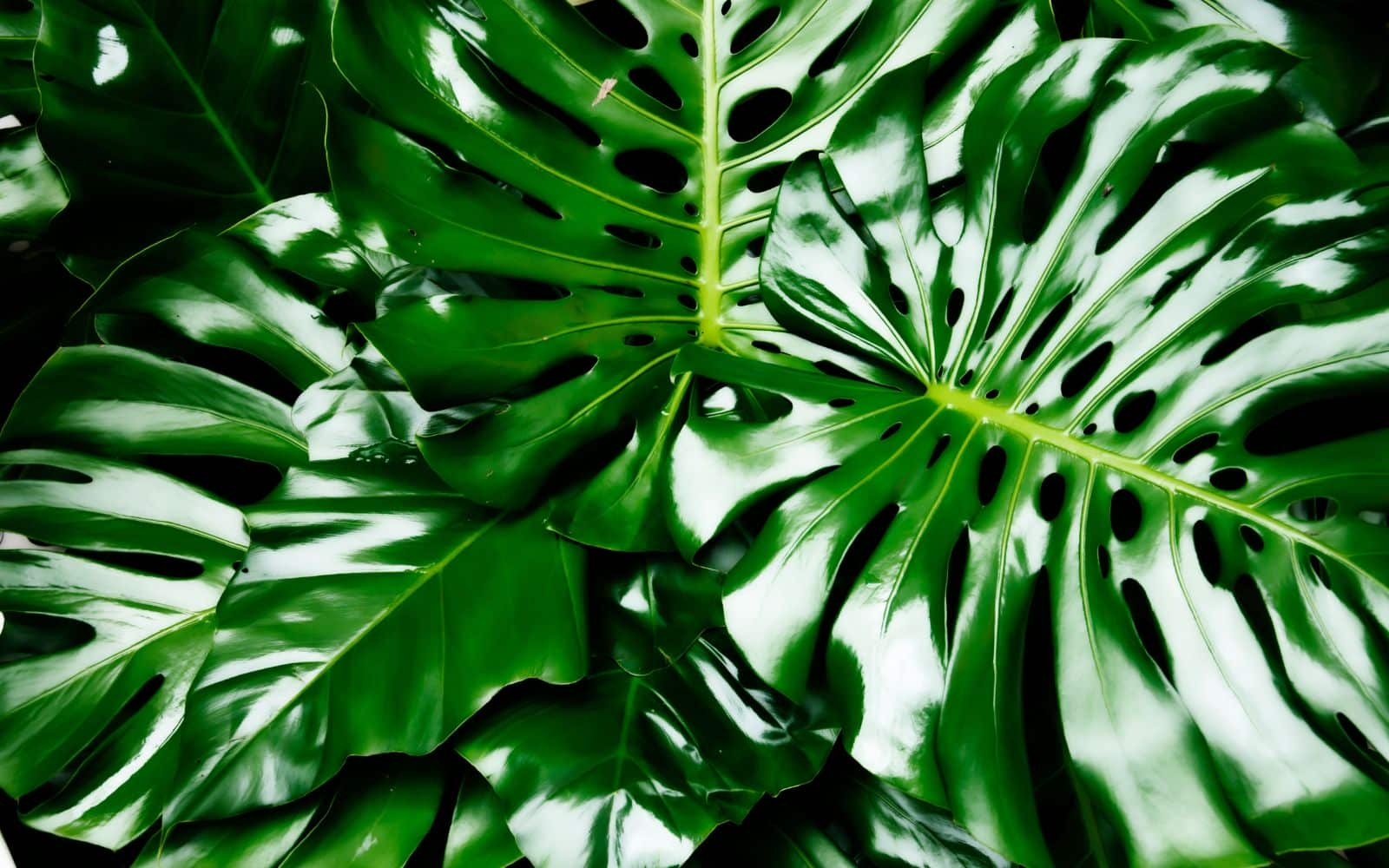
This is a smaller species with stems 2-10 mm thick and leaves 10-24 cm long. They can grow to maturity on nearly any woody substrate, from large trees to twigs of shrubs or small saplings.
The name Obliqua refers to the oblique leaf base. The leaves have a shape that ranges from narrow leaves with an acute base to broadly ovate leaves with a truncate or subcordate base.
Monstera Minima Madison
This is the smallest known species with a stalk bearing a flower shorter than the leaves. It’s closely related to Monstera Obliqua but differs by much shorter petioles and truncated leaves.
Monstera Acuminata
Monstera acuminata has a very distinct habitat with erect petioles. In the wild, it flowers more than 15 meters above the ground.
The individual plant may grow up to 30 meters tall. It thoroughly covers the host tree without spreading into branches.
Monstera Decliciosa
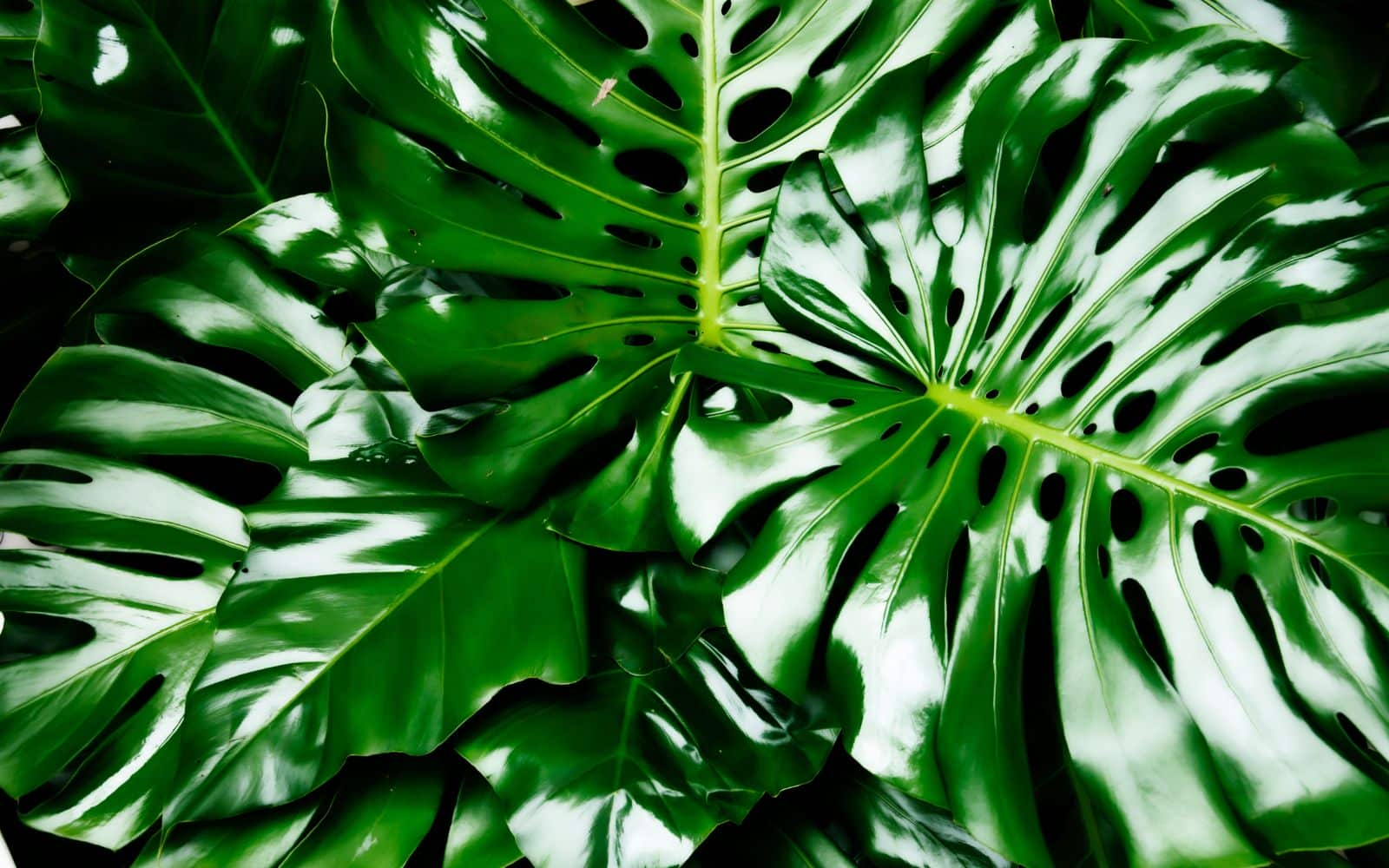
This is one of the most widely cultivated ornamental species. It has beautiful dark leaves but has a slow growth rate. It’s shade tolerant with a low humidity need, making it an excellent house plant for temperate regions.
In the tropics, it’s widely grown both indoors and as a garden and patio plant. There are large and small varieties of this species.
The smallest ones have smooth petioles (the stalk that joins a leaf to the stem), whereas the largest ones have a tuberculate petiole. You can buy Monstera Deliciosa from Amazon.
Monstera Lechleriana
Monstera Lechleriana is a terrestrial creeper with long leaves that sticks out. In the wild, it grows on the lower trunks of large trees below the branches.
It has short internodes with leaves borne in a tight cluster of 10-15 leaves at the stem’s top. The overlapping petiole base entirely hides the leaves’ foliated parts. This is a native plant of Costa Rica, Central America.
Monstera Adansonii
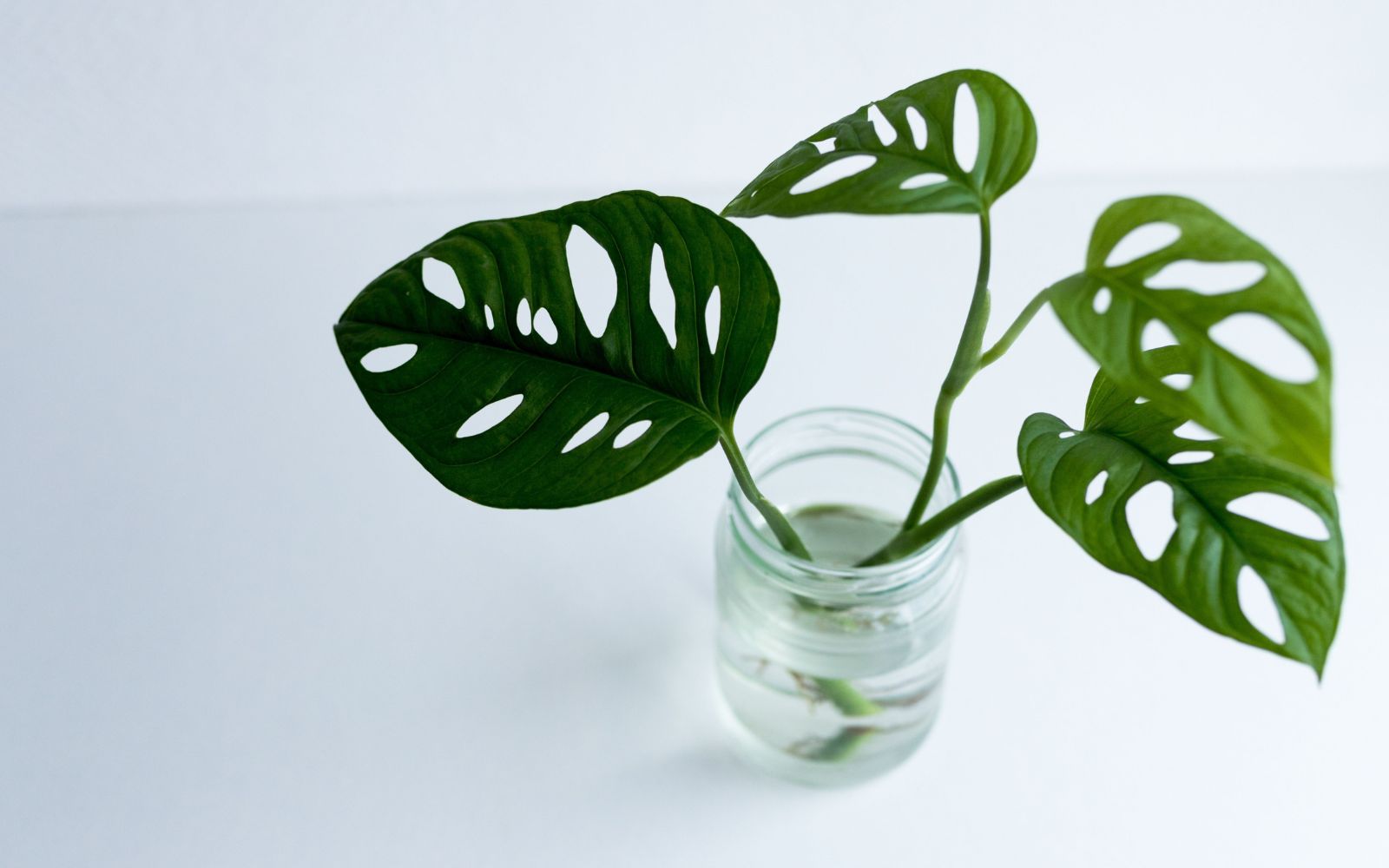
Monstera adansonii is also known as the Swiss cheese plant due to its large heart-shaped leaves and holes. It’s native to Central and South America but is also easy to grow and care for as a houseplant.
A fully grown Monstera Adansonii can reach up to 60 feet with proper support. You may provide it support to climb over the wall or moss sticks in the pot.
It’s very common to get confused between Monstera Adansonii and Monstera Deliciosa. Adansonii has mostly perforated leaves with deep cuts than Deliciosa.
What’s the difference between Monstera Adansonii vs. Obliqua?
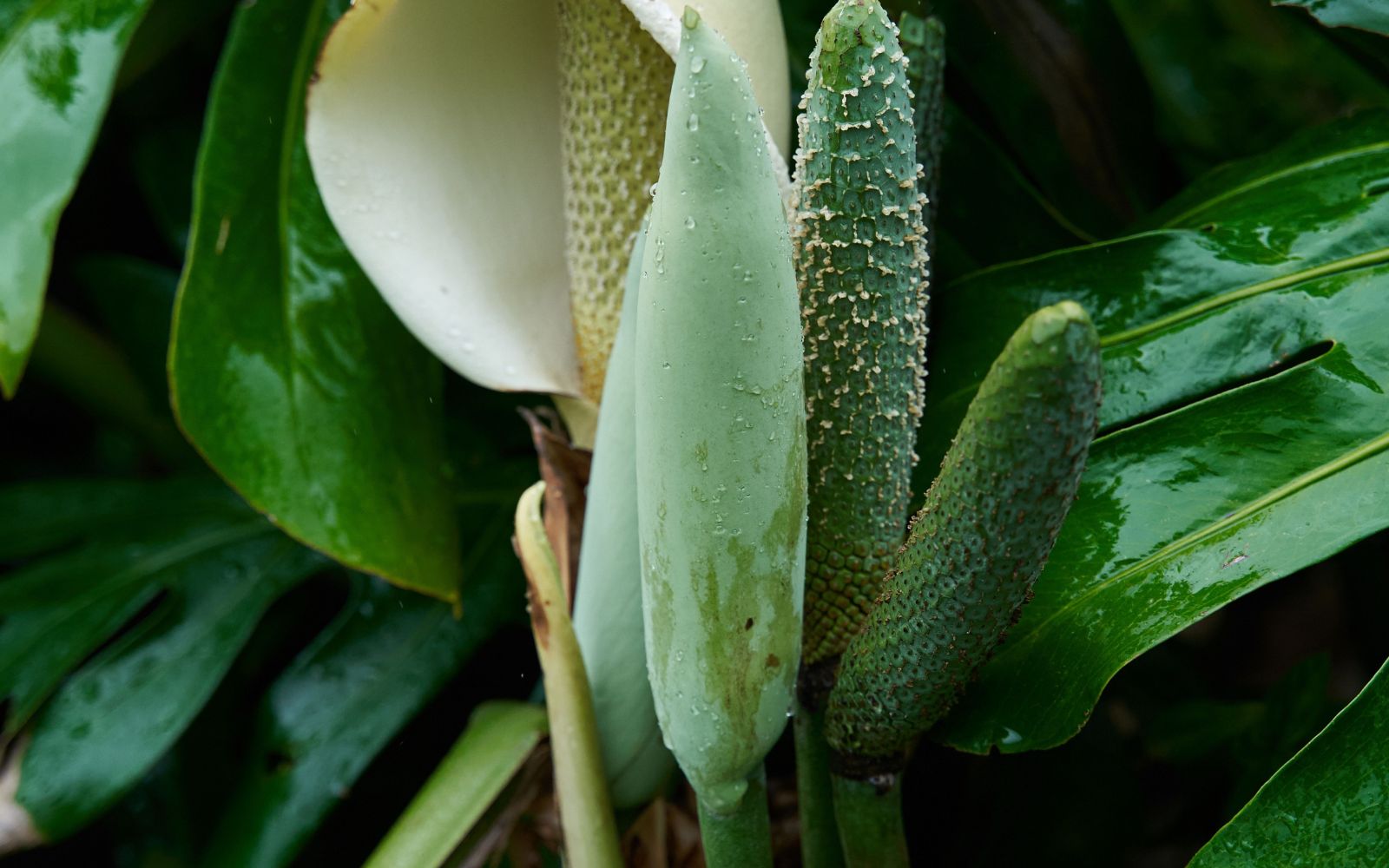
Monstera adansonii is the most widespread species found in the wild and is readily available through garden centers. But, Monstera Obliqua is rare and expensive.
Many people don’t know how to differentiate between these and get sold M. Adansonii as M. Obliqua.
You can know the difference by closely inspecting the leaves. Obliqua has paper-thin leaves with larger holes inside them. If you happen to see the fruits, the Obliqua fruits are orange-colored globose berries, whereas Monstera Adansonii has yellowish fruit.
Another difference is in the inflorescence of the plant. The inflorescence means the complete flower head of a plant, including stems, stalks, and flowers.
Monstera Obliqua inflorescence grows outward in groups of six or eight compared to groups of one to four of Adansonii.
Monstera Epipremnoides vs. Monstera Adansonii difference
Monstera Epipremnoides has delicate leathery leaves. If you touch it, it feels quite thick and fine hair-like texture on the surface. Adansonii leaves are smooth and bright green, whereas Epipremnoides has shiny light green leaves.
The foliage of Adansonii is a darker green than Epipremnoides foliage. The holes in Epipremnoides leaves start from the middle and extend toward the edge. In contrast, Adansonii has smaller and fewer holes in the leaves.
Does Monstera epipremnoides purify the air?
Monstera epipremnoides is a tropical plant that has long and broad leaves. It’s not only an excellent decorative plant but also known to purify the indoor air. However, there have been no scientific studies done to support this claim.
Gardening experts suggest that each plant can help clean up to 100 square meters of area.
How to plant and care for Monstera Epipremnoides
Monstera epipremnoides is an excellent rare collection of indoor plants. The collector plant sells for $100 to $200 depending on the overall health and the variety.
You must know how to care for it properly to have a long-lasting healthy plant in your home. You can grow it as an indoor houseplant where it grows up to 10 feet or plants it outside to grow up to 30 feet in mild climates.
Propagating Monstera Epipremnoides
You can propagate M. Epipremnoides through stem cutting. Select the healthy node and a part of the stem for propagation.
You can choose a stem with some leaves to help with faster propagation. You can still propagate one without leaves, but it may take a bit long.
The best way to propagate it’s to cut the node with 2-3 leaves in it. Don’t choose a node that has dead or dying leaves. After cutting with a trimming scissor, you set the vine in a clean glass of water. In a few days, the aerial roots start forming in the nodes.
You can also propagate Monstera epipremnoides nodes by using sphagnum moss or using moist soil.
If you’re ordering the plant from the store and not yet ready to plant, you can store it in a container with half a half-inch of water. Move the container to a partial shade location and plant it when you’re ready.
Soil Requirement
Monstera epipremnoides is a tropical plant with holes in the leaves that allows them to endure heavier rainfall and winds.
When you’re planting indoors, it prefers lightly moist aroid soil. Don’t oversaturate the soil with water as it leads to root rot. You can mix the perlite, pine bark, and coco coir in the potting mix when preparing for container planting.
For better airflow inside the soil, don’t compact it and increase the amount of pine bark. The soil is rich in organic matter and a little bit of moisture helps the plant to grow healthy.
Potting and Transplanting
If you’re planting it indoors, you can use a pot with holes in the bottom to allow excess water drainage.
The plastic pots with drainage holes are the better option as it prevents the soil from getting dry out quickly. The clay-made pots absorb the water that reduces the humidity available for the plant.
When you’re ready for transplanting, prepare the soil with potting mix, peat moss, and water it lightly to soften the ground. Let the soil soak water for a couple of hours before you start transplanting.
You can place the vine in the middle of the plant and cover it lightly with soil. Don’t compress the ground; otherwise, it gets compact and reduces the airflow inside it.
Sunlight
Epipremnoides don’t need direct sunlight. This makes it the perfect indoor houseplant. You should place the plant where it gets 2-4 hours of indirect sunlight.
The indirect sunlight helps with the variegation in the leaves and the overall growth of the plant. The optimal growing temperate is between 55 °F – 80 °F (13 °C – 27 °C).
Some varieties can tolerate a bit cooler temperature, but you should avoid getting the temperature to go down too low. If you will grow it outdoor, it grows optimally in USDA hardiness zones from 9b-11.
Placing it in direct sunlight could result in the scratching of leaves. You could put it near east-facing windows where it can get indirect sunlight without burning leaves.
You should avoid moving it where the temperature may fluctuate. A stable temperature is a must for it to grow healthy.
Water
As the plant needs lightly damp soil, you don’t have to water it much. You can water it once a week when you find the ground to start getting dry.
Monstera plants require humid conditions, and it’s best to use distilled water rather than tap water that contains fluoride. The fluoride isn’t suitable for plants.
If you have several indoor plants, you can place them in one room to create a more humid environment that it loves. You can also use a humidifier or place a pebble tray below the pot to retain the plant’s moisture.
Fertilizer
Monsteras don’t need many nutrients. However, you can supplement it with slow-release fertilizer with higher magnesium (Mg) concentration in a limited quantity to provide the extra boost.
If you’re using fertilizer, don’t apply directly over the base of the plant. Keep the fertilizer a little away from the ground so it doesn’t overfeed. You can use diluted fertilizer a maximum of 3-times a year.
Common problems and solutions for growing Monstera Epipremnoides
Monstera epipremnoides is a remarkably pest and disease-resistant plant. However, nothing is problem-free if you don’t care properly. Here are typical problems to look out for and ways to prevent them.
Monstera epipremnoides leaves turning yellow and dry
If you find that Epipremnoides leaves start getting dry and turn yellow, it’s a sign of getting too much sunlight. You should clip the dead leaves and move the plant to a somewhere shadier area.
The next reason could be the excessively moist soil. The plant requires a humid environment but doesn’t tolerate soggy soil. You should check the watering schedule and make sure you’re not overwatering it.
Look for the pots that have drainage holes in them. It helps remove the excess water from the soil.
Brown edges on the leaves
When you see brown edges on the leaves, it means the leaves are starting to die. The tip of the leaf is the first place to show an unhealthy sign.
This could be a result of dry air inside the home. Monstera prefers a humid environment, and you can place a humidifier in the room to keep it adequately moist.
The arid soil also means the leaves start to get dry. You can insert a finger two to three inches inside the ground. If it feels dry, you should water it lightly.
Rotting Roots
If you see roots rooting or have a white substance around them, you’re overwatering the plant, and there is no proper airflow inside. Change your watering schedule to reduce the water amount and lightly till the soil to improve the roots’ airflow.
Trim any soiled or unhealthy root and try to salvage as much as you can. If roots are beyond repair, cut the node to start a new propagation, and prepare healthy soil to start again.
Toxicity
Monstera epipremnoides are slightly toxic to both humans and pets. You shouldn’t allow your pets, such as a cat or dog, to chew their leaves.
You can place it around areas where pets can’t easily reach. Also, don’t chew on its leaves as it may upset your stomach.
What to do next
Now you know how to care for this beautiful leafy plant properly. Check out next our guide on how to care for Dendrobium Orchid, a beautiful ornamental house plant.

Don’t forget to share this post

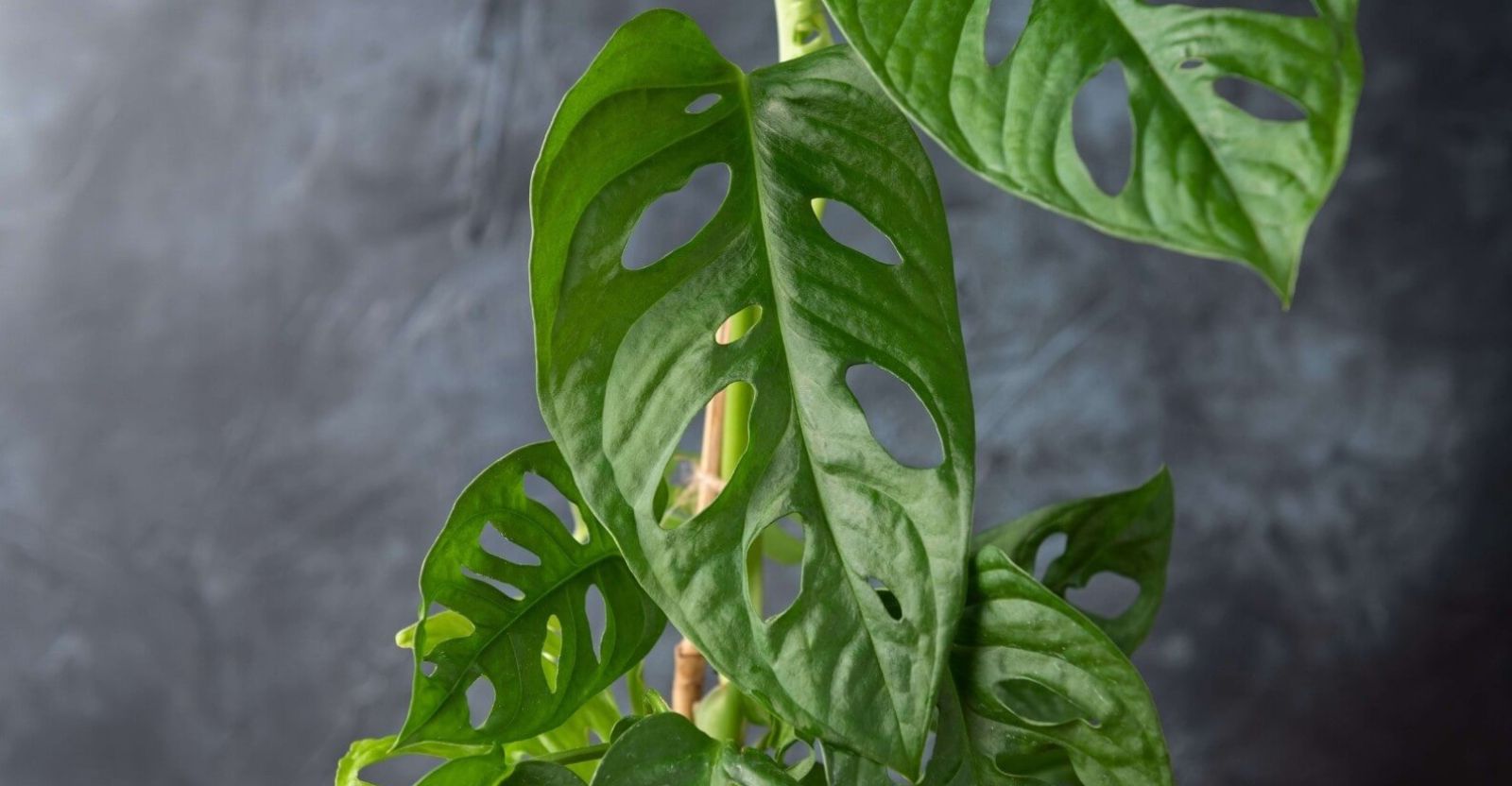


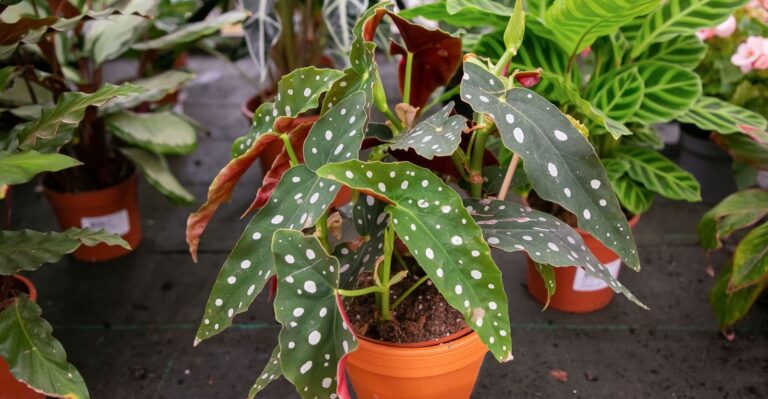
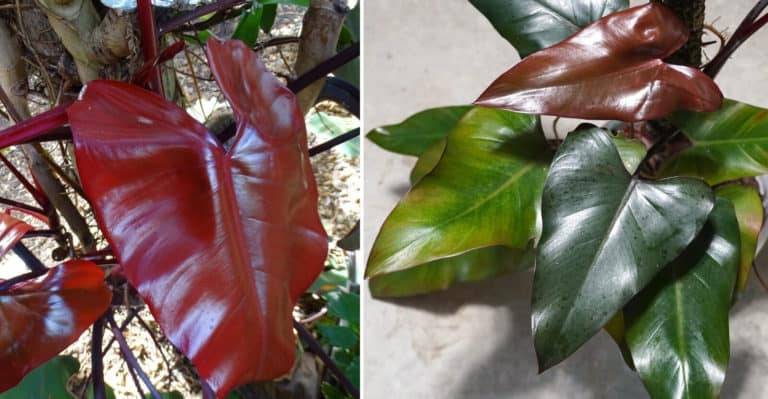

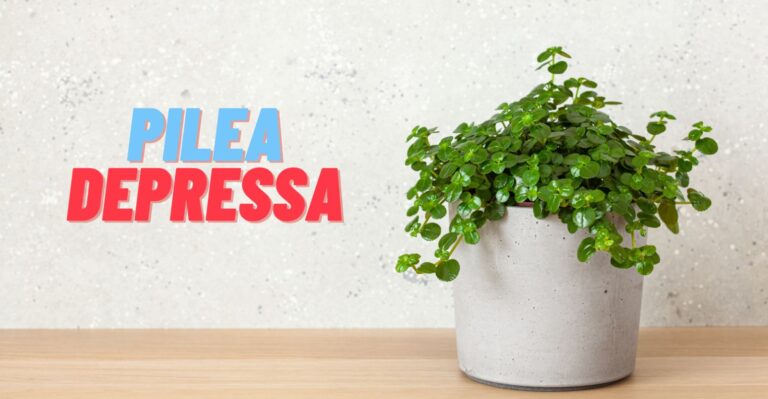
Thanks for sharing. I absolutely loved your ideas.